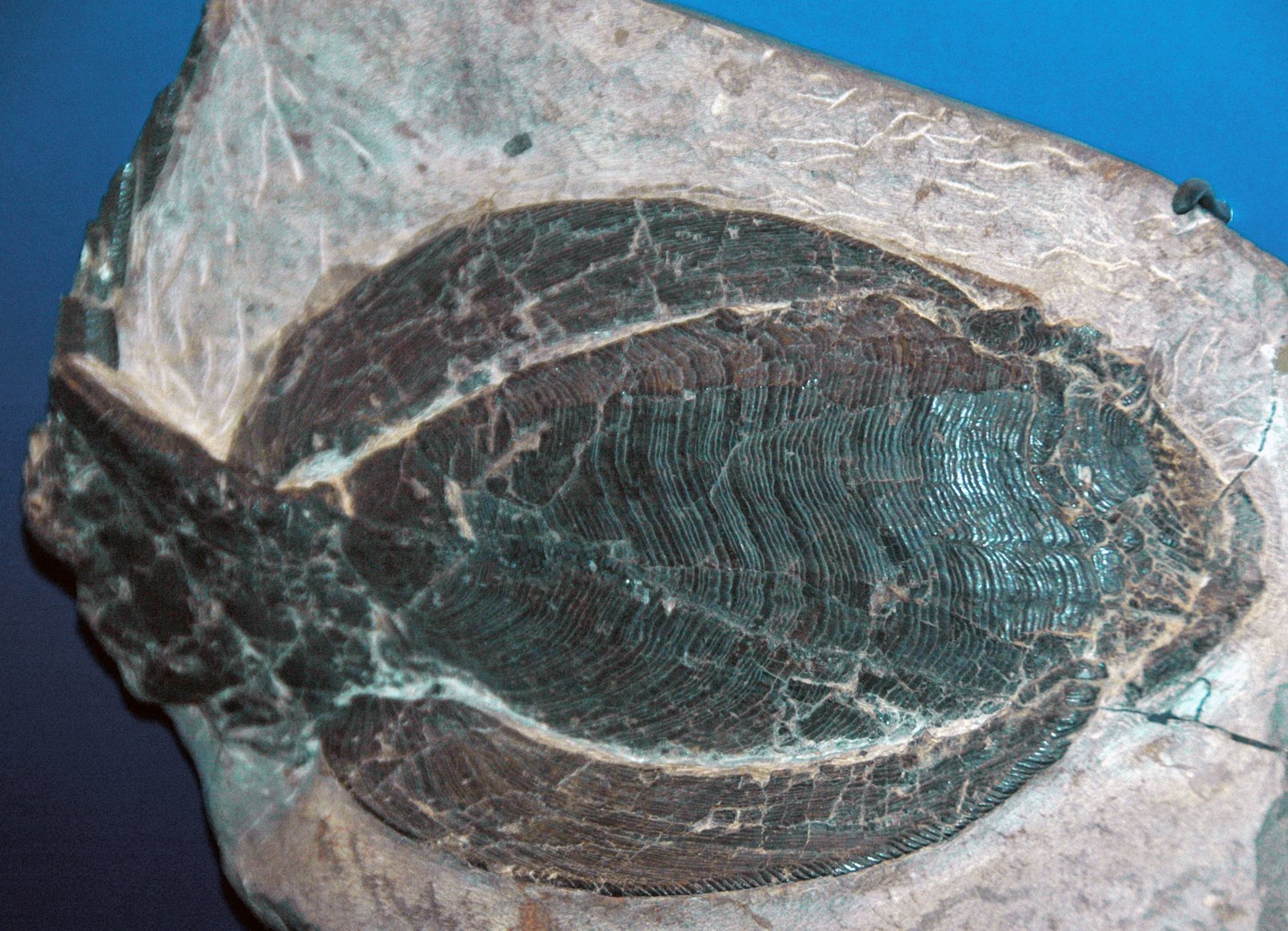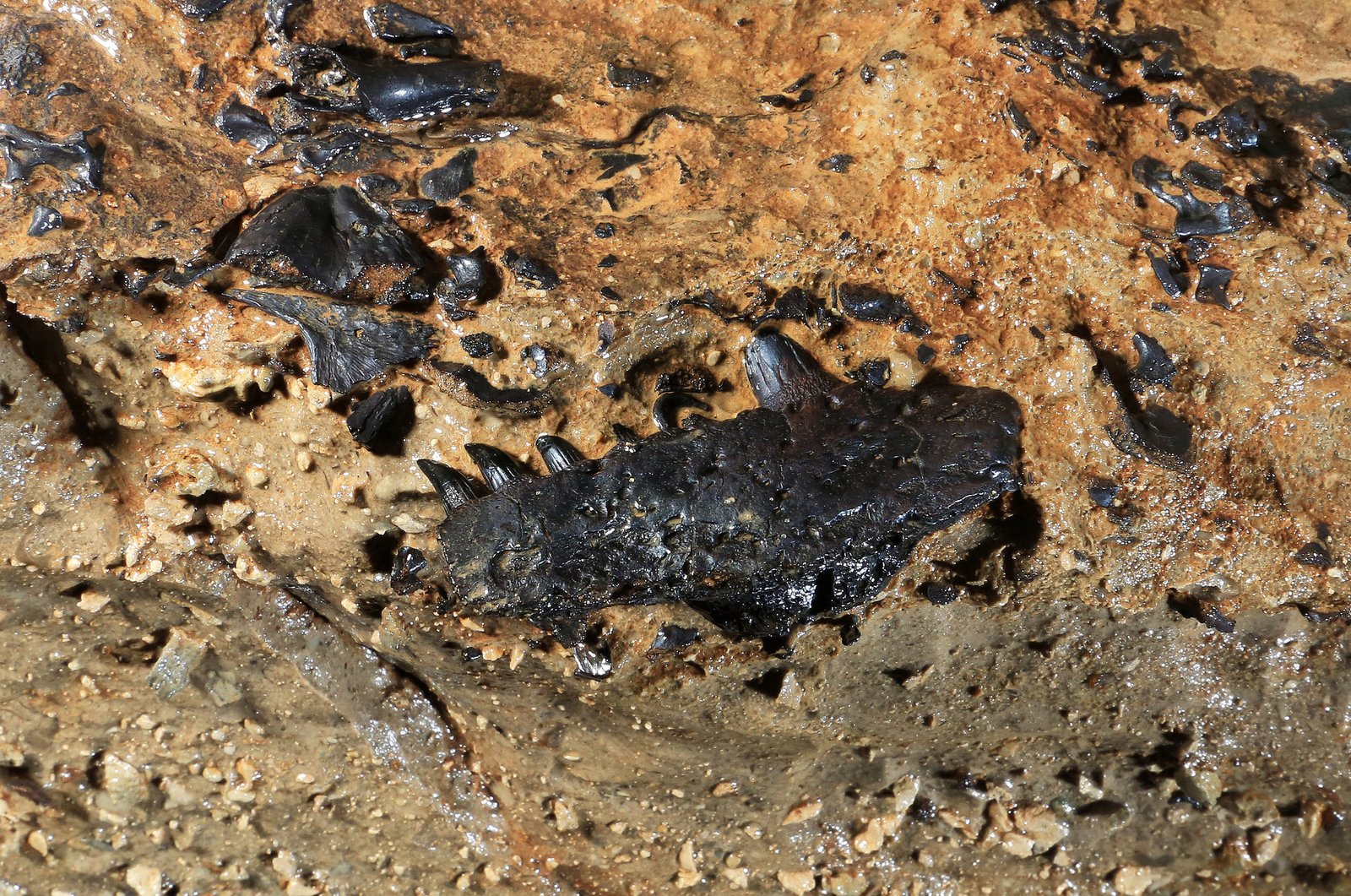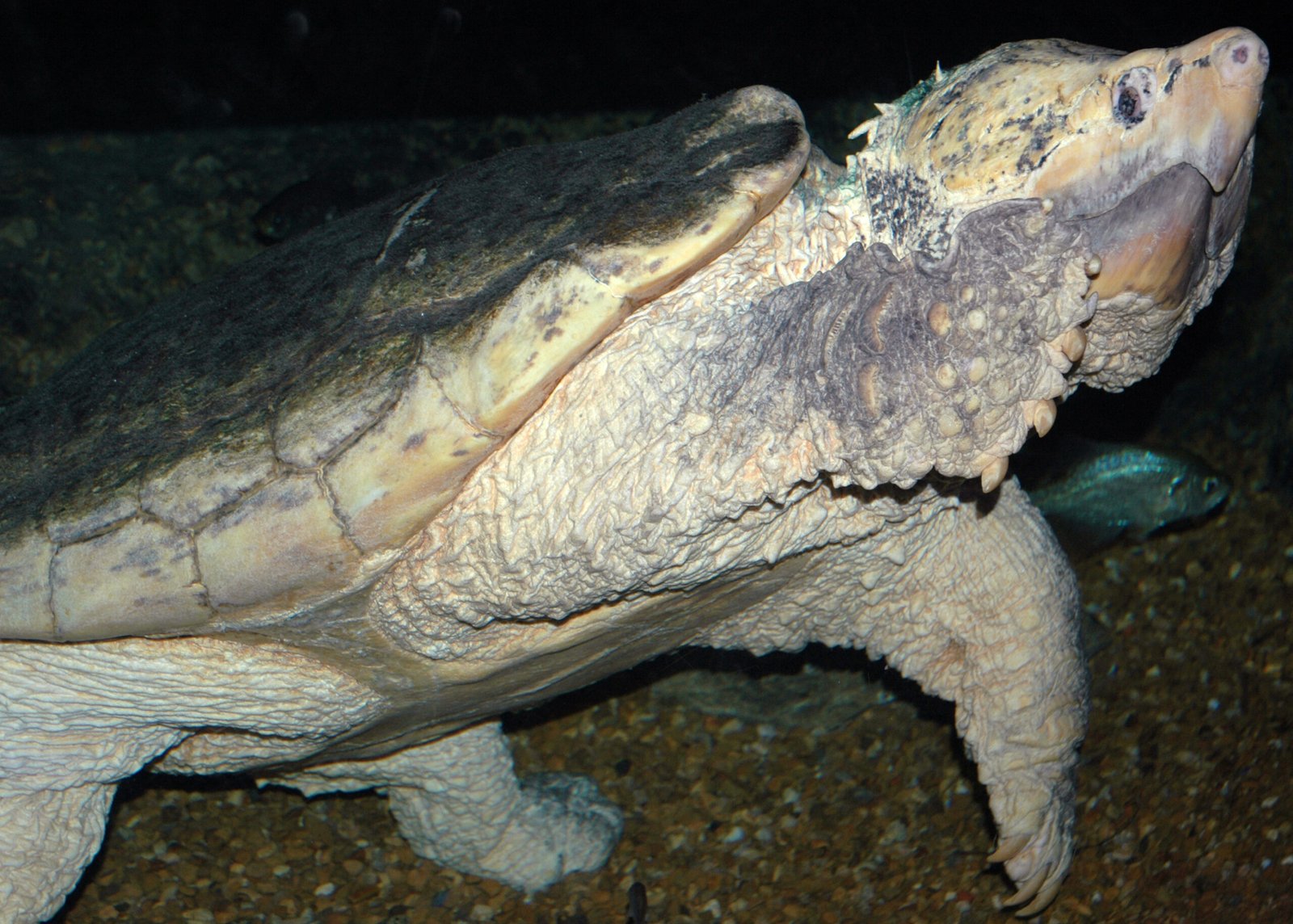Imagine walking through an aquarium, mesmerized by the shimmering silver bodies, darting fins, and mysterious eyes of “fish” from every corner of the globe. But what if the very idea of fish is nothing more than a trick of language and history—a category so deeply misleading that it’s become one of science’s strangest myths? Prepare to have your mind turned upside down, because the truth is both shocking and thrilling: evolution has erased “fish” as a real group, and everything you thought you knew about them is about to change.
The Grand Illusion: Why “Fish” Don’t Exist in Science
For centuries, humans have lumped together scaly, gilled creatures under the simple word “fish.” But biologists now know this is a huge mistake. When scientists look at the evolutionary tree of life, the animals we call “fish” are scattered all over the place. In fact, you and I are more closely related to a salmon than a salmon is to a shark! The idea of “fish” as one single group is a relic—much like calling all flying animals “birds,” including bats and bees. The scientific term “fish” hides mind-boggling diversity and evolution’s messy handiwork.
Evolution’s Family Tree: The True Relationships Revealed

If you trace the family tree of animals with backbones, the picture becomes clear—fish are not a single branch, but several. Jawless lampreys and hagfish split off early. Sharks and rays (cartilaginous fish) branched away from the bony “fish” millions of years ago. More shocking still, the ancestors of all land animals, including humans, crawled out of the water from within the “bony fish” group. That means calling something a “fish” is like calling all mammals “hairy things.” The truth is stranger than fiction: you are technically a highly evolved fish!
The Rise of Tetrapods: When Fish Walked on Land

One of the most jaw-dropping chapters in evolutionary history happened about 375 million years ago. Some ancient lobe-finned fish developed strong, fleshy fins and lungs. These pioneers became the first tetrapods—the ancestors of amphibians, reptiles, birds, and mammals. Fossils like Tiktaalik show the dramatic transformation: sturdy bones in the fins, flat heads, and even the beginnings of wrists. The line between “fish” and “land animal” was never sharp. Instead, it was blurry, gradual, and impossible to define.
Fishy Diversity: Stranger Than You Ever Imagined
When you hear “fish,” you might picture a goldfish or tuna. Yet fish include creatures as bizarre as the jawless hagfish, which oozes slime to fend off predators, and the electric eel, which can generate a powerful jolt. Some fish, like the coelacanth, were thought extinct until a fisherman caught one in 1938—like finding a living dinosaur. Others, like seahorses, have males that get pregnant. The so-called “fish” are more diverse in shape, size, and lifestyle than the entire group of mammals!
Sharks and Rays: The Odd Cousins
Sharks and rays, with their sleek bodies and cartilage skeletons, have little in common with your average goldfish. They split from bony fish over 400 million years ago and have gone their own way ever since. From the filter-feeding whale shark to the electrifying torpedo ray, their adaptations are mind-blowing. If we keep calling them “fish,” we’re ignoring just how unique they really are. Imagine calling an elephant and a mouse the same thing just because they both have four legs!
Lungfish and Coelacanths: Living Fossils That Rewrite History
Some of evolution’s quirkiest survivors are lungfish and coelacanths, which branched off long before dinosaurs. Lungfish can breathe air and even survive out of water for months in mud cocoons. Coelacanths, with their lobe-fins, look like they swam straight out of a prehistoric painting. These ancient lineages remind us that evolution is not a straight line but a tangled web. Their existence blurs the lines between water and land, past and present, “fish” and something else entirely.
The Human Connection: We’re All Fish at Heart
It may sound unbelievable, but you carry the legacy of ancient fish in every cell. Our hands, with their five fingers, evolved from fin bones. Human embryos even develop gill slits early on, a whisper from our aquatic ancestors. The next time you blink, remember your eyelids evolved from a membrane that once protected fish eyes underwater. The boundary between “fish” and human isn’t just blurry—it’s a living connection in our bodies.
Why the “Fish” Category Persists—and the Danger in Simplicity
Despite what science shows, the word “fish” remains popular because it’s simple, familiar, and easy to use. But such simplicity hides the true wonder of nature. By forcing animals into outdated categories, we risk missing the real story. Imagine if we still divided animals by where they live—calling whales “fish” because they swim, or bats “birds” because they fly. The idea of “fish” is a shortcut that stops us from seeing evolution’s complexity.
Rewriting the Story: A New Way to See Aquatic Life

It’s time to let go of old labels and see aquatic animals for what they are—branches on a vast, beautiful evolutionary tree. The next time you visit an aquarium or watch a wildlife documentary, look beyond the word “fish.” Notice the differences: the armor-plated sturgeon, the toothy piranha, the gentle manta ray. Each has its own unique story, shaped by millions of years of change. When we open our eyes to this diversity, the natural world becomes richer and more thrilling.
What This Means for Conservation and Our Future
Understanding the truth about “fish” isn’t just trivia—it matters for saving our planet. Protecting sharks, rays, and other aquatic animals means recognizing their unique evolutionary history. Conservation efforts based on outdated categories can miss the mark. When we appreciate just how diverse and irreplaceable these animals are, we’re more likely to fight for their survival. The stakes are high: losing even one branch of this tangled tree would be losing a piece of our own story.
A Final Thought: Can You Ever See “Fish” the Same Way Again?
The next time you see a shimmering school darting through the water, remember: “fish” is a story we tell ourselves, not a scientific reality. Evolution has erased the clean lines and simple categories we once trusted. Instead, it’s given us a world far more surprising and beautiful than we ever imagined. Are you ready to leave the old myths behind and see nature in all its wild, tangled glory?




